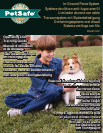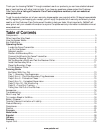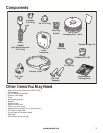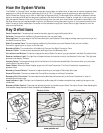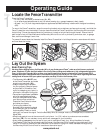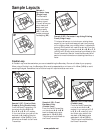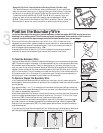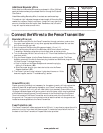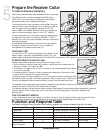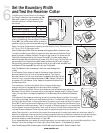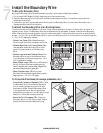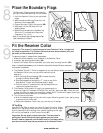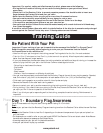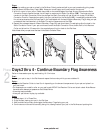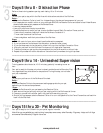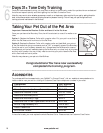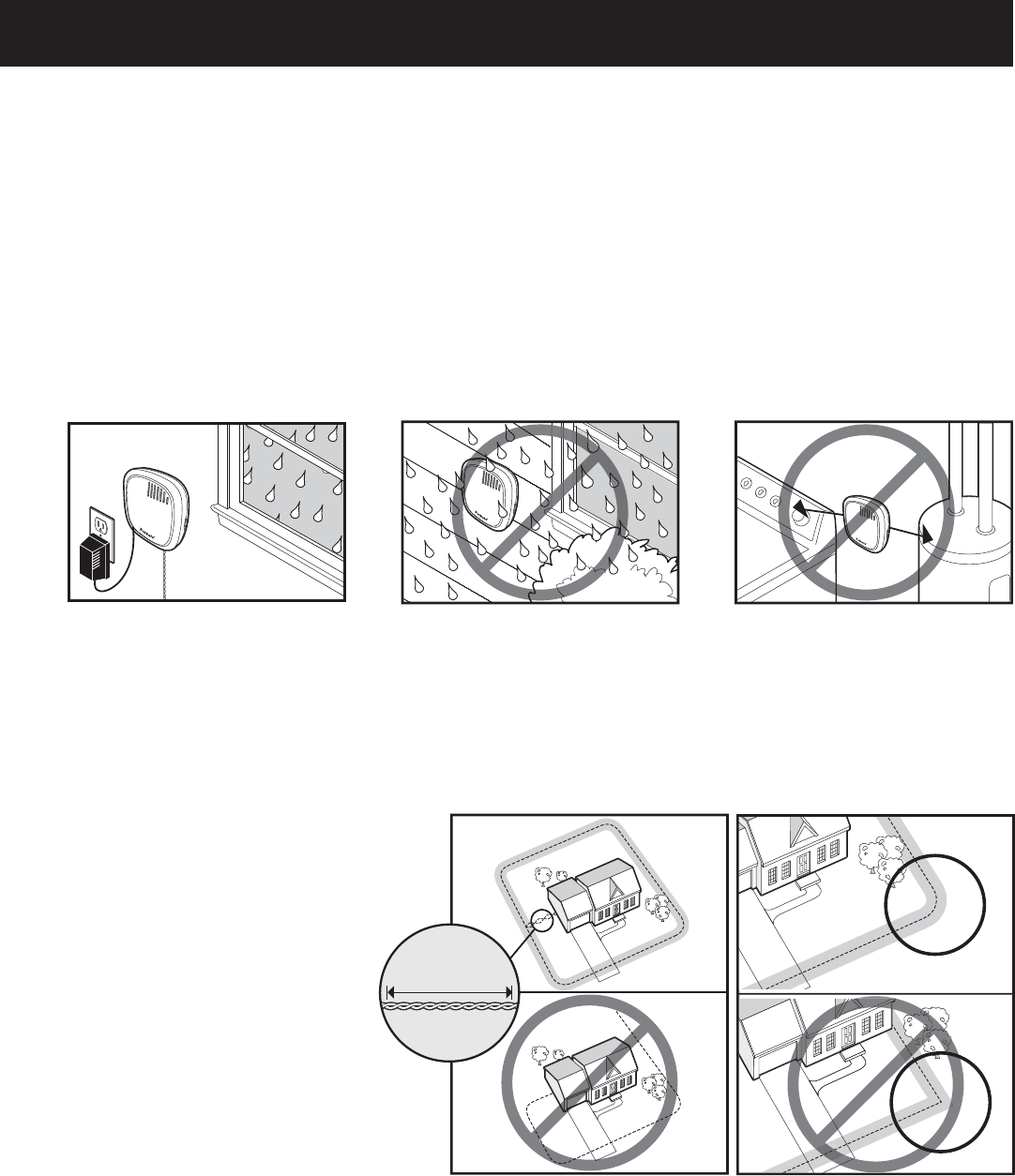
www.petsafe.net 5
Locate the Fence Transmitter
Place the Fence Transmitter:
• In a dry, well ventilated, protected area (1A, 1B).
• In an area where temperatures do not fall below freezing (e.g., garage, basement, shed, closet).
• At least 1 m (3 ft) from large metal objects or appliances as these items may interfere with the signal consistency
(1C).
To mount the Fence Transmitter, screw the mounting bracket onto a stationary surface such as a wall, and slide the
Fence Transmitter onto the bracket. Once you have mounted the Fence Transmitter, the Boundary Wire must exit
the building. This can be accomplished via a window or through a hole drilled through the wall. Ensure the drill
path is clear of any utilities. Make sure the Boundary Wire is not cut off or pinched by a window, door, or garage
door, as this can damage it over time.
To prevent fi res and electrical hazards, install the Fence Transmitter in buildings that are in accordance with state
and local electrical codes.
1A
1B
1 m
(3 ft)
1C
__________________________________________________
Lay Out the System
Basic Planning Tips
Warning: Before digging to bury the Boundary Wire of your Underground Fence
®
, make sure that there are no buried
power, telephone, or other electrical cables in the vicinity. Many underground cables carry high voltage and digging into
them, or laying your Boundary Wire on them, may lead to hazard from shock or electrocution. Have the local utility
company mark your underground lines. In most communities this is a free service. For information regarding how these
underground wires can affect your system’s operation, see Step 3 Position the Boundary Wire.
• The Boundary Wire MUST start
at the Fence Transmitter and make
a continuous loop back (2A).
• Design a layout that is suitable
for your property. Sample layouts
are provided in this section, and
a grid for designing your layout is
provided in the back of this guide.
•
Fence planning software is available
online at www.petsafe.net/fence
.
After you have planned and saved
your layout online, contact our
Customer Care Centre to review
and refi ne your layout.
• Twisting two sides of the
Boundary Wire cancels the signal
and allows your pet to cross over
that area safely. Plastic or metal
10 Twists/ft.
30 Twists/m
2A
2B
piping will not cancel the signal. Twist the Boundary Wire 30 times per metre (10 times per foot) to cancel the
signal (2A).
• Always use gradual turns at the corners with a minimum 1 m (3 ft) radius, to produce a more consistent
boundary (2B). Do not use sharp turns, as this will cause gaps in your boundary.
• Avoid making passageways too narrow for your pet to move about freely (e.g., along the sides of a house).
• The Receiver Collar can be activated inside the house if the Boundary Wire runs along the outside wall of the
house. If this occurs, remove your pet’s Receiver Collar before bringing him inside, decrease the range using
the Boundary Width Control knob or consider an alternative layout.
Operating Guide
Step
1
Step
2



